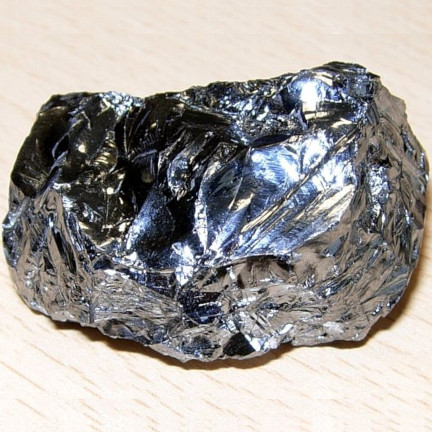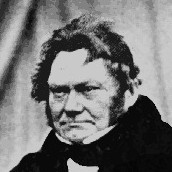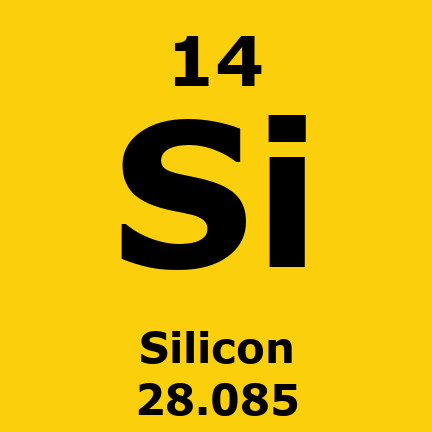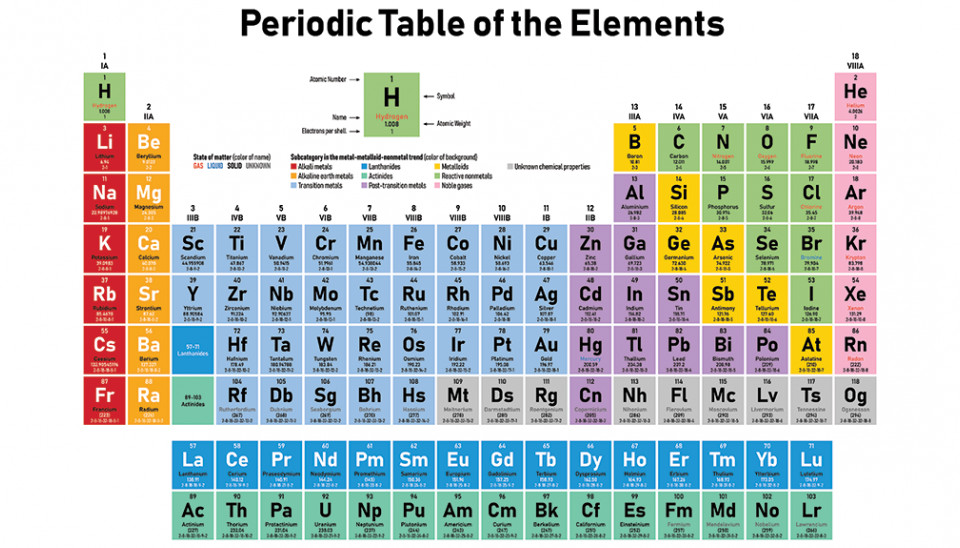1823 AD discovered
Jöns Jacob Berzelius prepares amorphous silicon using approximately the same method as Gay-Lussac (reducing potassium fluorosilicate with molten potassium metal), but purifying the product to a brown powder by repeatedly washing it. As a result, he is given credit for the element's discovery. The same year, Berzelius became the first to prepare silicon tetrachloride; silicon tetrafluoride had already been prepared long before in 1771 by Carl Wilhelm Scheele by dissolving silica in hydrofluoric acid.
In 1787, Antoine Lavoisier suspected that silica might be an oxide of a fundamental chemical element,[12] but the chemical affinity of silicon for oxygen is high enough that he had no means to reduce the oxide and isolate the element.
After an attempt to isolate silicon in 1808, Sir Humphry Davy proposed the name "silicium" for silicon, from the Latin silex, silicis for flint, and adding the "-ium" ending because he believed it to be a metal.
Gay-Lussac and Thénard are thought to have prepared impure amorphous silicon in 1811, through the heating of recently isolated potassium metal with silicon tetrafluoride, but they did not purify and characterize the product, nor identify it as a new element.
Silicon was given its present name in 1817 by Scottish chemist Thomas Thomson. He retained part of Davy's name but added "-on" because he believed that silicon was a nonmetal similar to boron and carbon.
Subjects Who or What discovered?
-
Jöns Jacob Berzelius One of the founders of m...
Objects To Whom or What was discovered?
-
Silicon (Si) A hard, brittle crystall...
Timelines (that include this event)
Events in 1823 MORE













